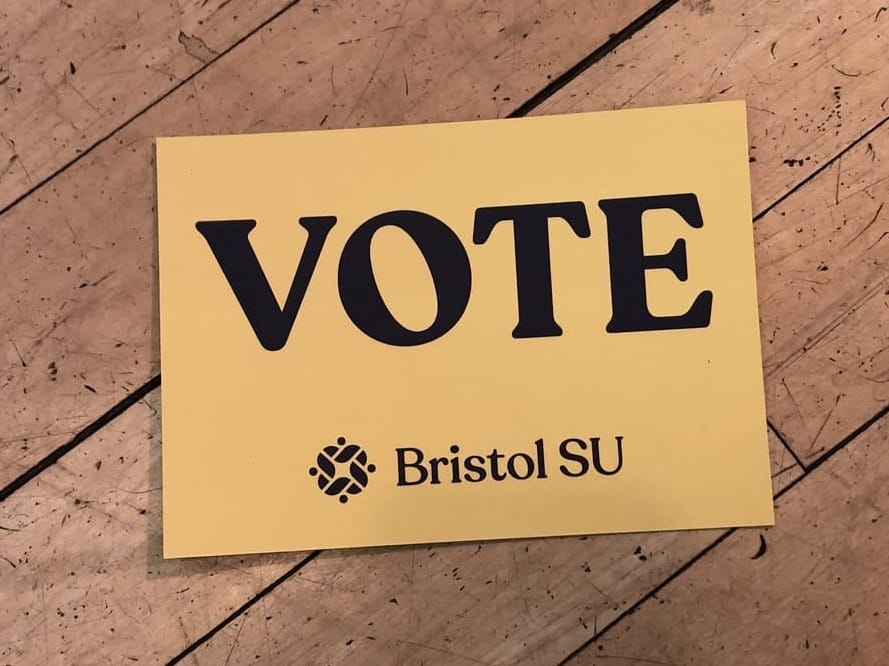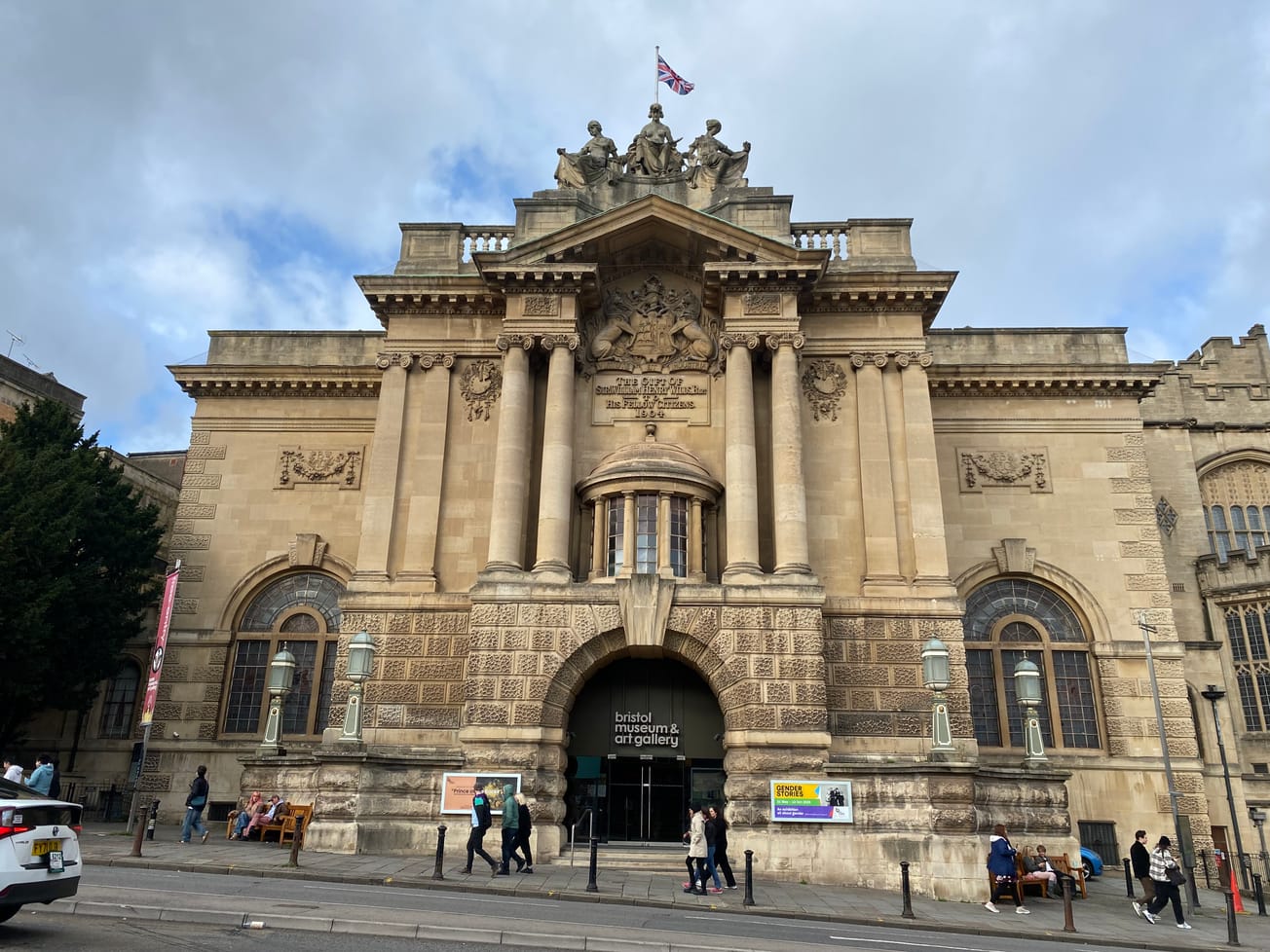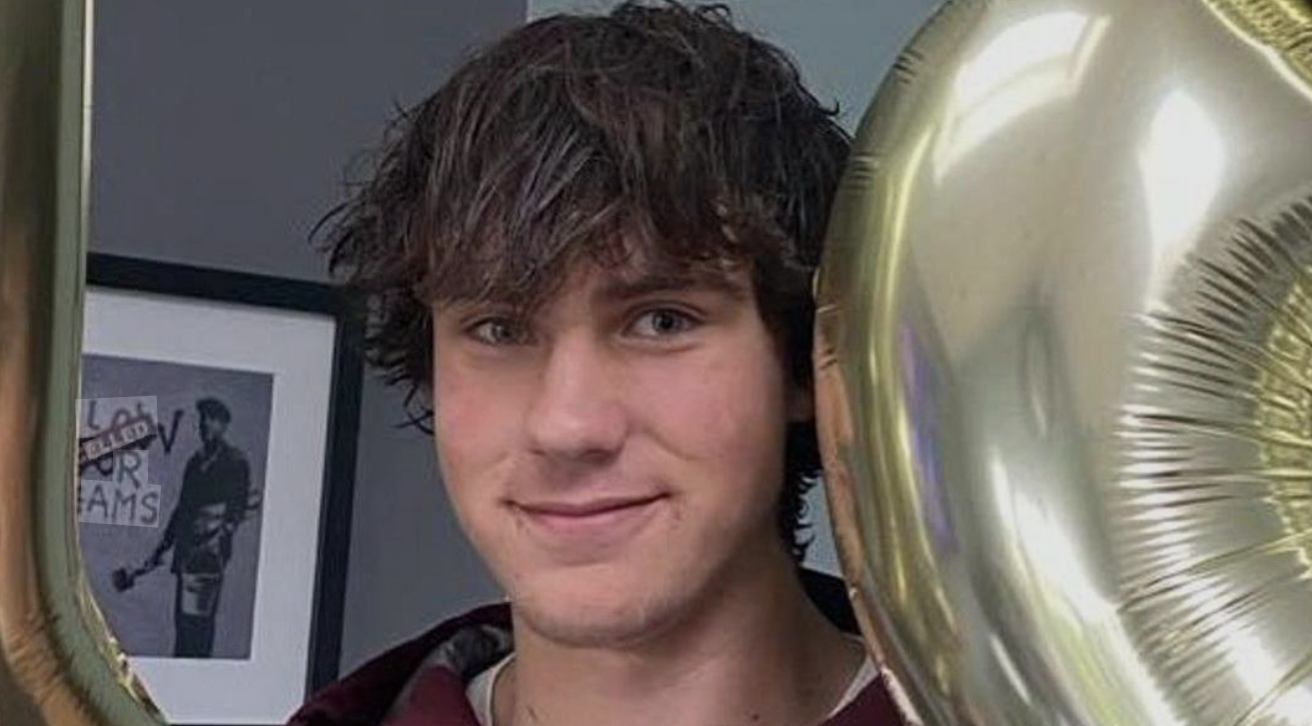By Marine Saint, Deputy Editor
Researchers at the University of the West of England Dr Kevin Honeychurch and student Anselmo Procida have developed an alternative method to laboratory-based spiking tests which can be accessed from your phone.
The new method includes adding readily available hydroxylamine and ferric chloride chemicals to a drink and checking the results with a free smartphone app to measure the level of purple produced.
Academics have found that GHB, or ‘Liquid Ecstasy’, can be identified in a drink following a simple photograph and chemical test to detect a particular purple concentration. The readily available technology and test is a breakthrough in confirming the presence of date rape drugs in drinks.

With strong sedative and amnesic effects, the abuse of GHB has been linked to sexual assault cases, poisoning, and overdose. Dr Honeychurch noted the previous challenges of detecting this drug, as laboratory methods such as spot testing or liquid chromatography require specialised equipment and staff.
The rise of drink spiking has shown researchers that there is a growing need for testing methods developed for point-of-use or care use. Forensic science student at UWE Bristol Procida added that ‘The huge advantage of this approach is that it rules out the need for expensive pieces of lab equipment to conduct the tests.’
The app used for this research is available on the Apple App Store, and extracted colour components of the liquid being tested to determine the concentration of GHB present. More findings of this research were published in the Journal of Forensic Sciences.
How do you think this research will be implemented in Bristol?
Featured image: Courtesy of The University of the West of England Press Office









